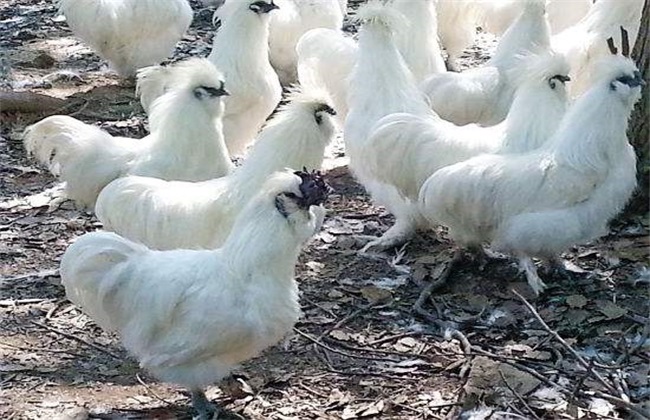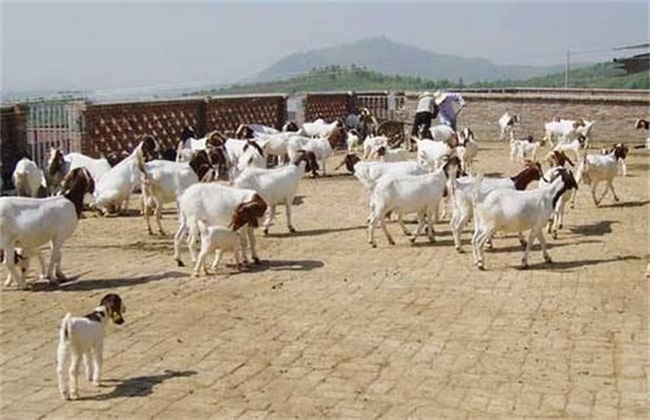Brooding method of black chicken
Black chicken, also known as black-bone chicken, gets its name because of its jet-black bones. it has many different species and has a higher nutritional value than other common farmed chickens. And contains a variety of amino acids and trace elements, but also has a certain medicinal value, so it is widely used in the market. If you want to raise black chickens to earn economic benefits, the brooding period is the key period of black chicken breeding, and the management must be in place at this time. When it comes to this, let's briefly introduce the methods of raising chickens.

I. selection of species and timing
In general, to raise chicks, you should first choose authentic black chicken parents, choose individuals, be healthy, strong, flexible, normal crown color, normal body hair, shiny coat color, and mentally normal. The general breeding time is in spring, about March to April, after the temperature rises, or at the end of summer and the beginning of autumn, when the temperature is not too high, it is easy to survive. But as long as man-made conditions can be created, brooding can be done in the four seasons.
Second, feed water
After coming out of the shell, the chicken should first be transferred to the incubator to maintain a constant temperature. when there is pecking phenomenon when you can stand and walk a little, you can feed some clean aqueous solution, and you can put a little potassium permanganate in the water to get used to drinking water. then set up a clean drinking water container to supply water at any time.
Third, feeding
Feed two hours after the first feeding, about a day after coming out of the shell. In the first three days, we were fed softened grains such as crushed rice, cornmeal or wheat with chopped cooked eggs, about 100 chickens and five eggs. Feeding should be done in a clean container, about three times a day. Within five days after three days, fried rice and fine fodder are generally fed with a variety of grain and salt and trace element powder, gradually increased to 4 times a day. A week after birth, you can add some chopped vegetables and other green fodder, feeding 5 to 6 times a day. A week later, fine sand was added to the feed to enhance digestion. Three weeks later, the daily feeding was reduced to three times.
IV. Management and control
The temperature is 30 degrees 1 week after birth, 27 degrees in 2 weeks, 25 degrees in 3 weeks, 22 degrees in 4 weeks, and 20 degrees after 4 weeks. The ambient humidity is generally 60%. Receive more than 20 hours of light every day within one week of birth, and only natural light is needed in the second week. Every day should be regularly ventilated to avoid the accumulation of toxic gases.
Brooding from the beginning to the end of the process is like this, generally only in accordance with the above process of brooding, basically no problem, but the specific content needs practice to specifically master. If you are looking forward to more content, please stay tuned for further updates.
Related
- On the eggshell is a badge full of pride. British Poultry Egg Market and Consumer observation
- British study: 72% of Britons are willing to buy native eggs raised by insects
- Guidelines for friendly egg production revised the increase of space in chicken sheds can not be forced to change feathers and lay eggs.
- Risk of delay in customs clearance Australia suspends lobster exports to China
- Pig semen-the Vector of virus Transmission (4)
- Pig semen-the Vector of virus Transmission (3)
- Five common causes of difficult control of classical swine fever in clinic and their countermeasures
- Foot-and-mouth disease is the most effective way to prevent it!
- PED is the number one killer of piglets and has to be guarded against in autumn and winter.
- What is "yellow fat pig"? Have you ever heard the pig collector talk about "yellow fat pig"?



